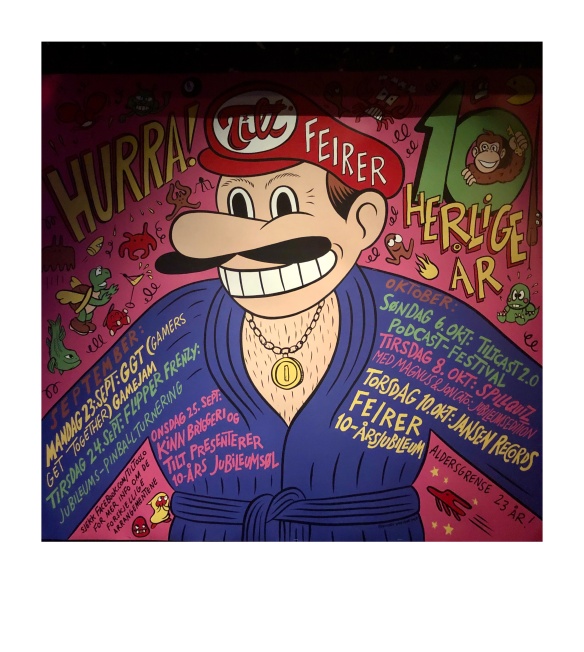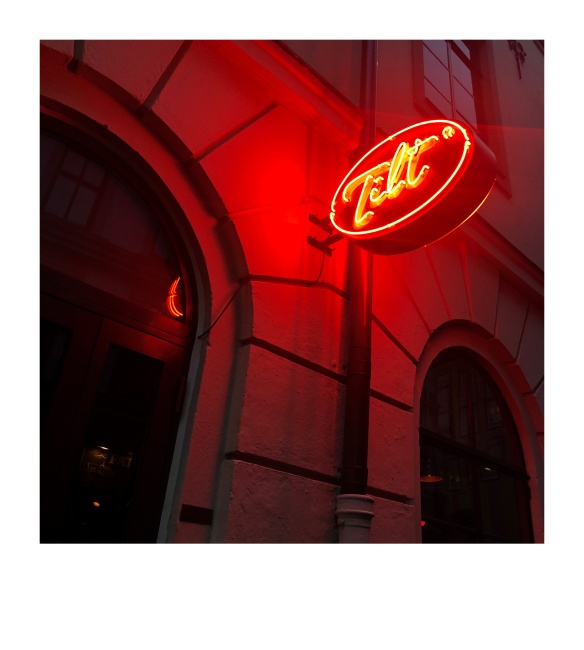On our last night in Oslo we meet up in the city with our hosts, Simon + Marit (+ Magnus who is fast asleep).
Our destination is a bar called Tilt which is opposite another bar called The Good Knight (apparently playing chess has become really popular again as the current world champion is Norwegian).
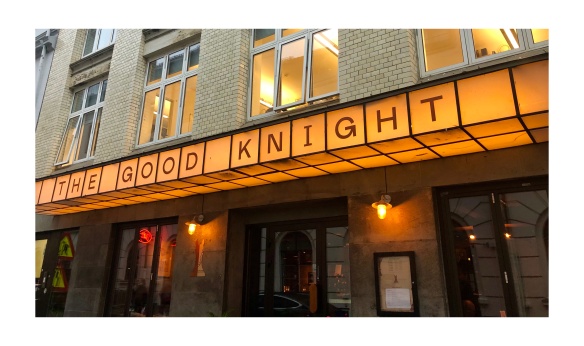
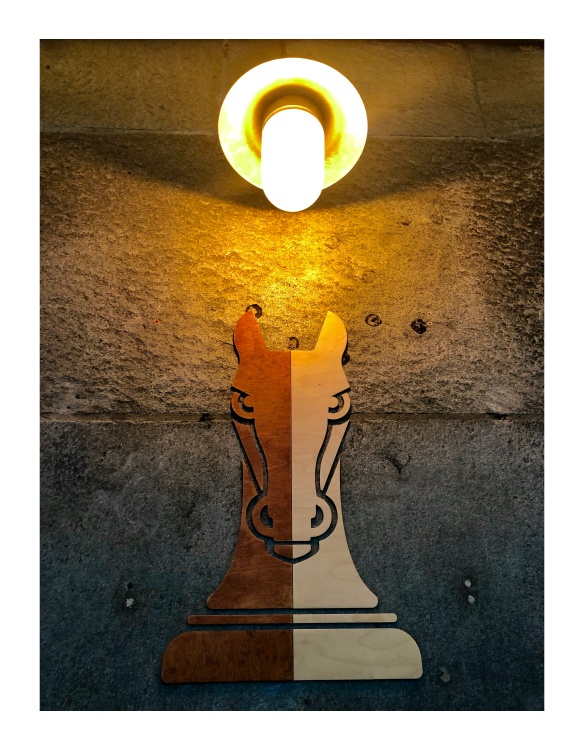
We order a couple of Brewdog IPAs (as I forgot to try the delicious craft beer when we were in Scotland). But they also have a really extensive list from which to choose.
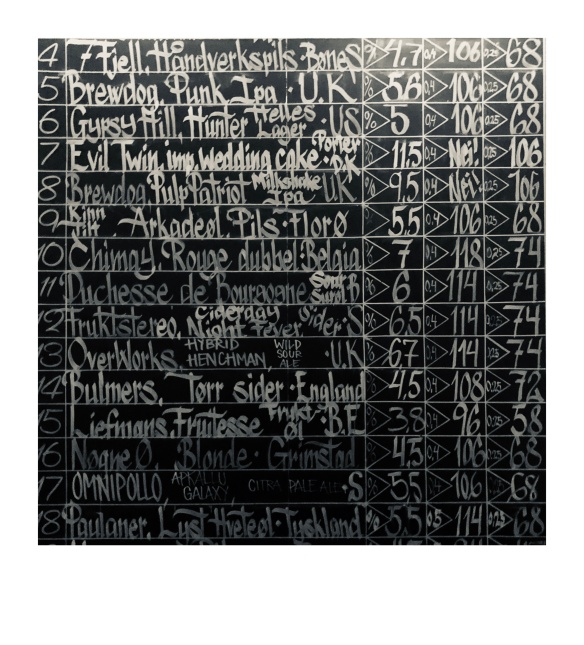
And Tilt, as the name would suggest, has a huge assortment of retro arcade games, pinball machines, a pool table …
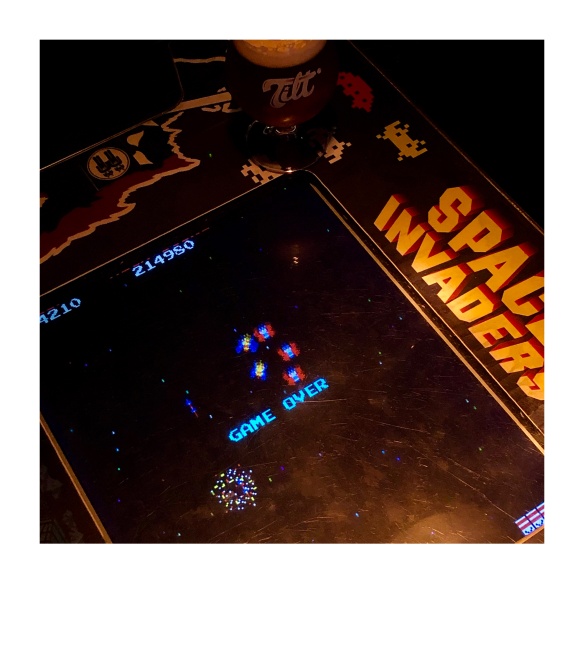
… and some really cool shuffle boards.
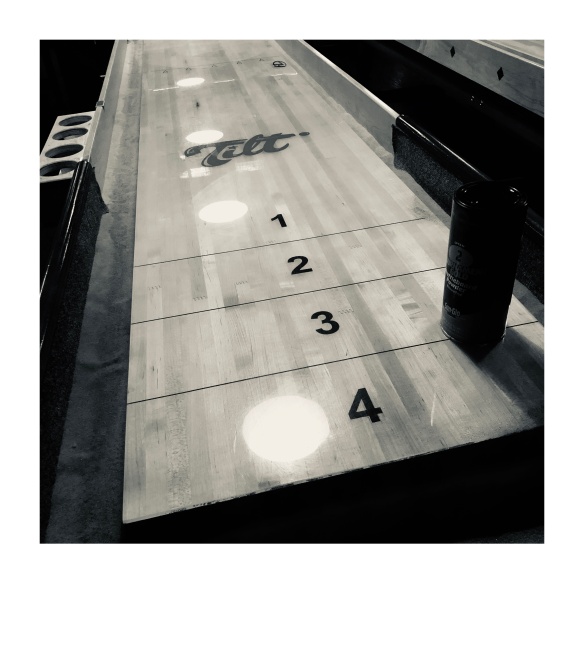
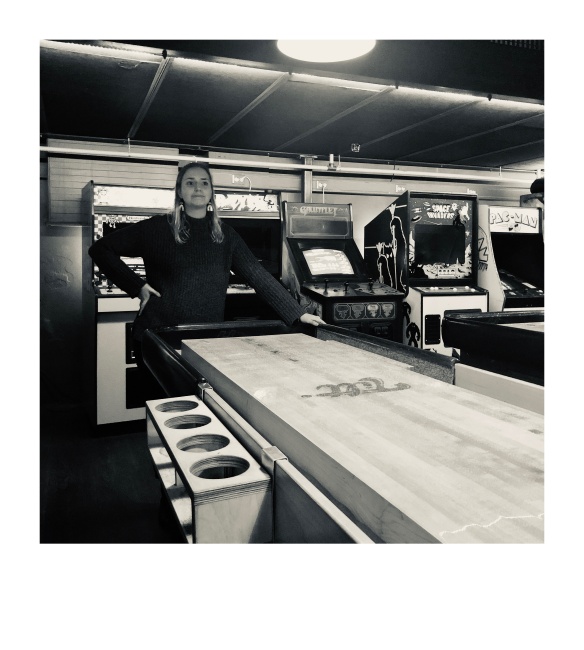
Too. Much. Fun! Pity the result is a draw: no bragging rights.
